Wahaj Ali is successfully bringing back the cravat
Actor dons several ascot ties in new drama
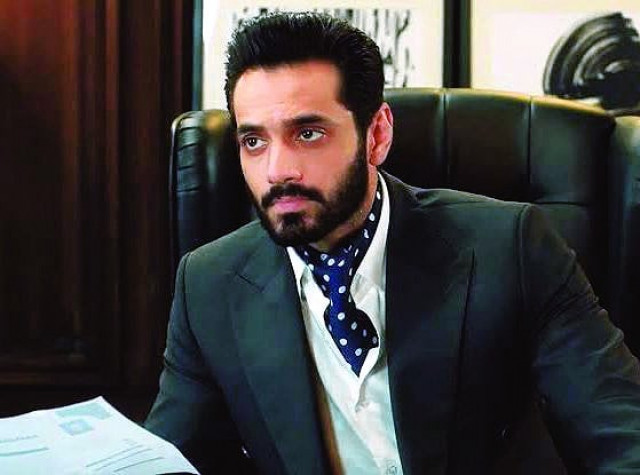
When it comes to men's fashion, the tie has long been the reigning accessory in formalwear. But what if we told you there's another contender quietly making a comeback? The cravat – once a mainstay of aristocratic wardrobes, is finding its way back into the spotlight, thanks in part to men like Wahaj Ali, whose character in Sunn Mere Dil has reignited interest in this refined accessory.
Going back to roots
The cravat's history is as layered as the fabric it's made from. Originating in 17th-century Europe, the accessory's roots can be traced back to Croatian soldiers serving as mercenaries in the French army during the Thirty Years' War. These cavalrymen wore scarves knotted at their necks, a practical yet stylish choice that soon caught the eye of King Louis XIV. Always one to champion new trends, the French monarch adopted the cravat as part of his royal attire, popularising it across European courts.
Over the centuries, the cravat evolved into a symbol of elegance, sophistication, and social status. By the 18th and 19th centuries, different tying techniques emerged, offering wearers a variety of ways to personalise their look. The fabric options expanded as well, ranging from practical linen to rich silks, making the cravat a versatile accessory suitable for all occasions. However, by the late 19th century, the cravat's prominence waned as the more streamlined necktie took over.
Today, while cravats may not be an everyday wardrobe staple, they remain a statement piece for men who dare to embrace it. And who better to lead this revival than Wahaj?
The ascot tie revivalists
The actor's portrayal of Bilal Abdullah in Sunn Mere Dil has sparked new interest in the ascot tie, one of the most popular ways to style a cravat. Playing a multimillionaire hotel owner who exudes power, Bilal wouldn't be caught dead leaving his sprawling mansion without an ascot securely fastened around his neck. He wears the ascot like an emblem of authority.
But Wahaj isn't just sticking to neutral tones or safe patterns. He's boldly exploring a spectrum of prints and colours that breathe new life into this classic accessory. From a green and black geometric design to a cobalt checkered print, he demonstrates the versatility of the ascot tie. His preference, however, seems to lean towards polka dots – a pattern he's sported in shades like brown as well as navy. Whether this penchant comes from personal taste or his on-set stylist's vision is unclear, but the result is undeniable – it works.
What's noteworthy about Wahaj's embrace of the ascot tie is how natural it feels. On anyone else, it might come across as overly theatrical or out of place, prompting reactions like, "Who even wears those anymore?" But with Wahaj, the ascot tie has become an integral part of his character's persona. He makes them look cool, a far cry from the vintage vibes they often evoke. In fact, the last time I saw someone wearing an ascot tie in real life was my grandfather – and while he looked adorable, it was more "doting elder" than "style icon."
Speaking of doting elders, Hugh Grant may also be one of the other revivalists of the ascot tie – though many women would take offence to me calling him an "elder". Once a romcom heartthrob, Hugh has accepted his fate and has taken to the role of the villain. In Paddington 2, we see his character chasing a walking, talking bear across London adorned in what is a quite striking collection of cravats from the Cravat Club. Slightly more of a different tone than what Wahaj is hoping to bring to the screen, but still stylish enough to make the cut.

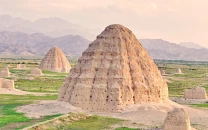

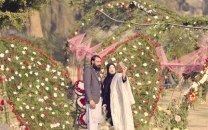
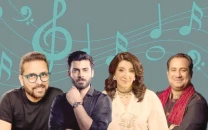
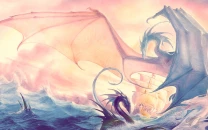
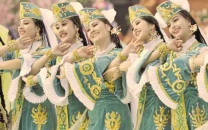












COMMENTS
Comments are moderated and generally will be posted if they are on-topic and not abusive.
For more information, please see our Comments FAQ